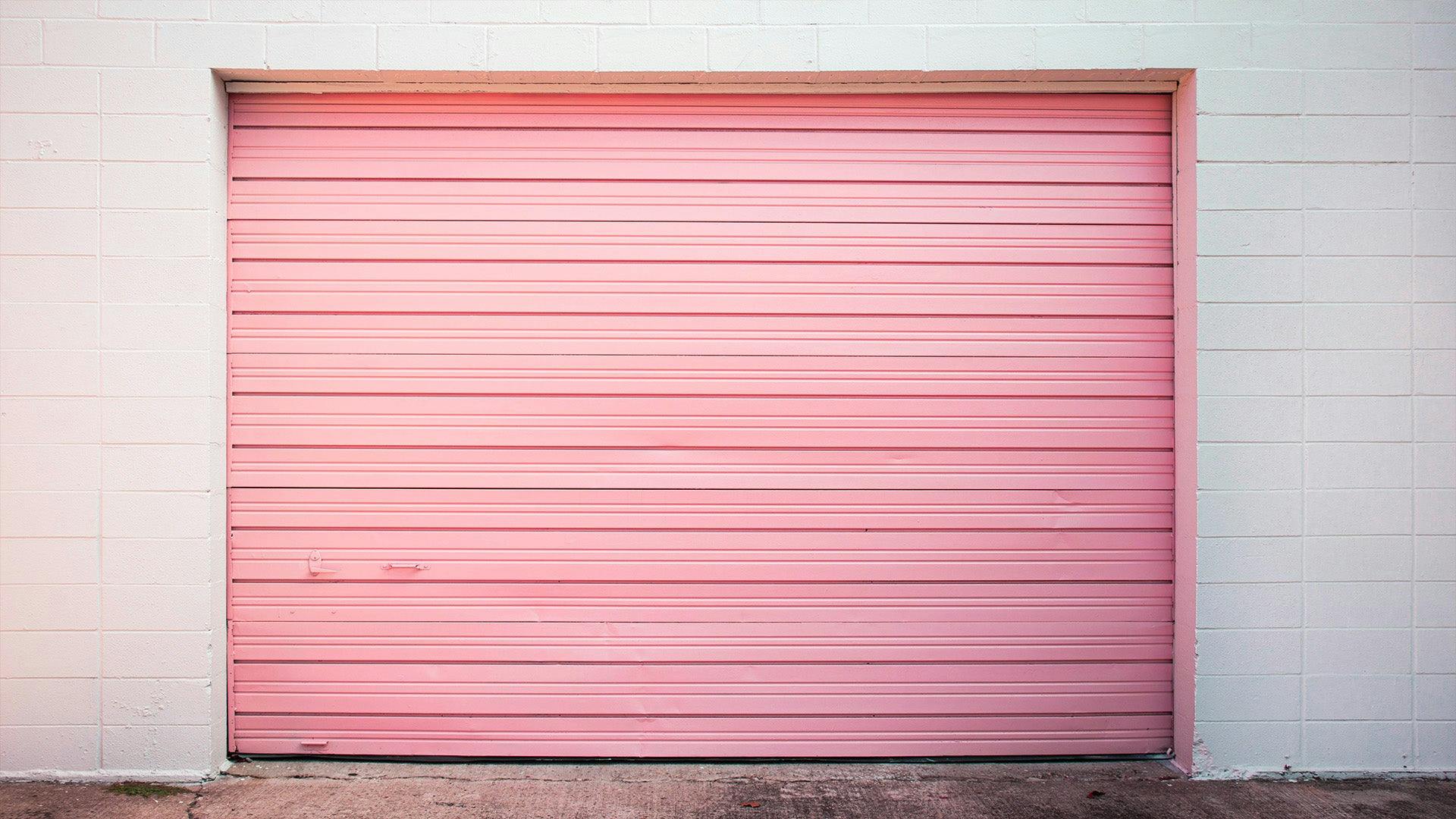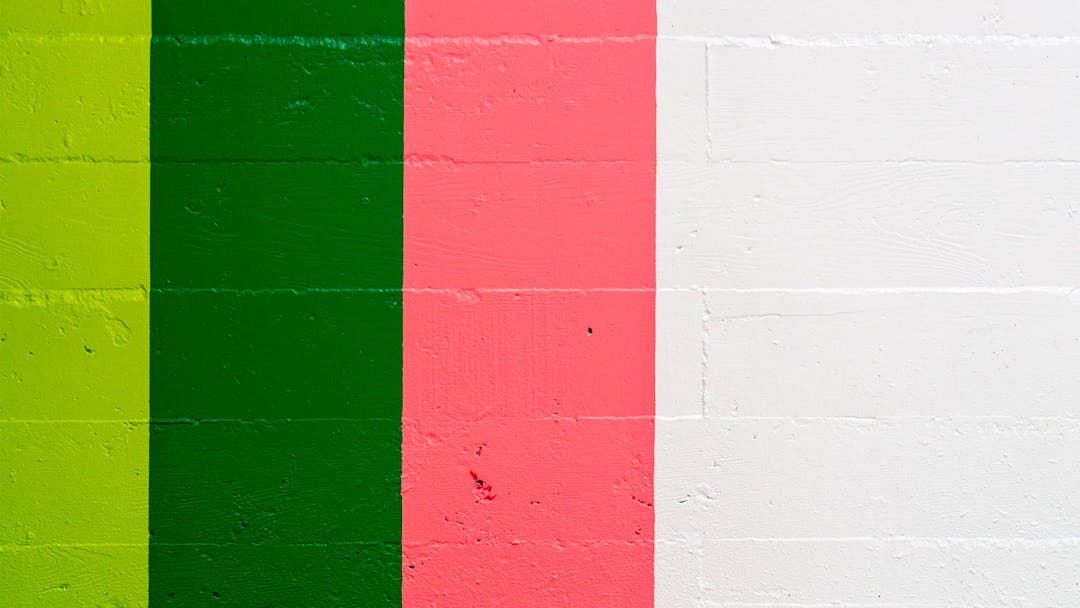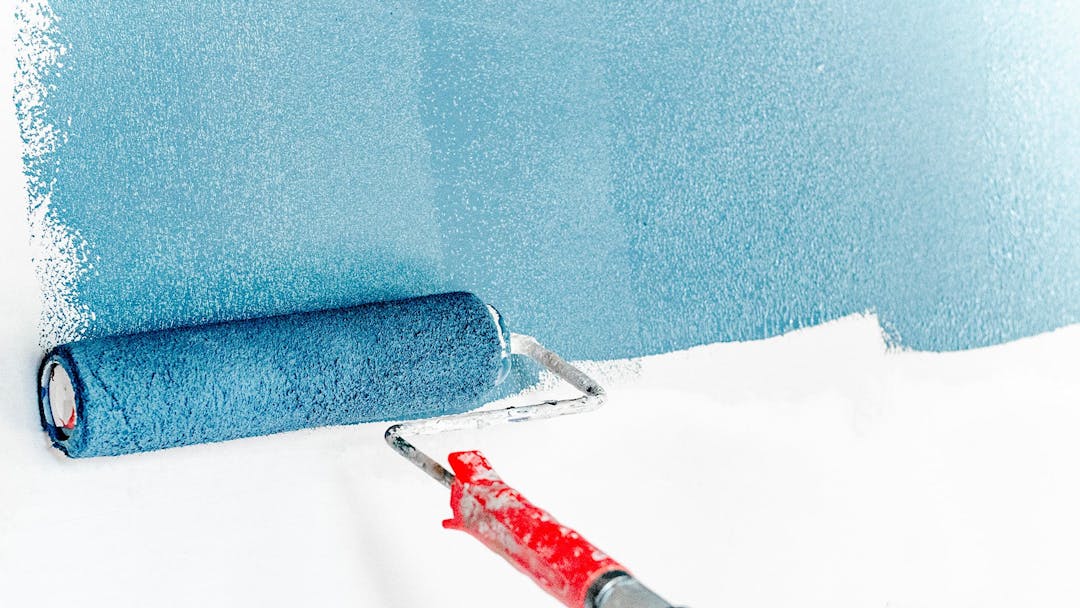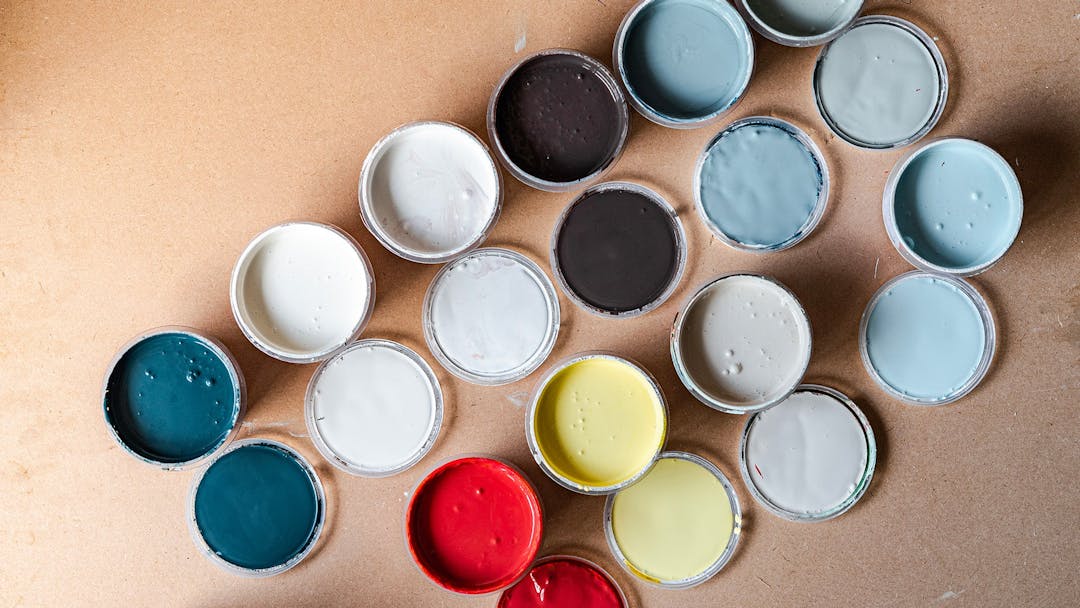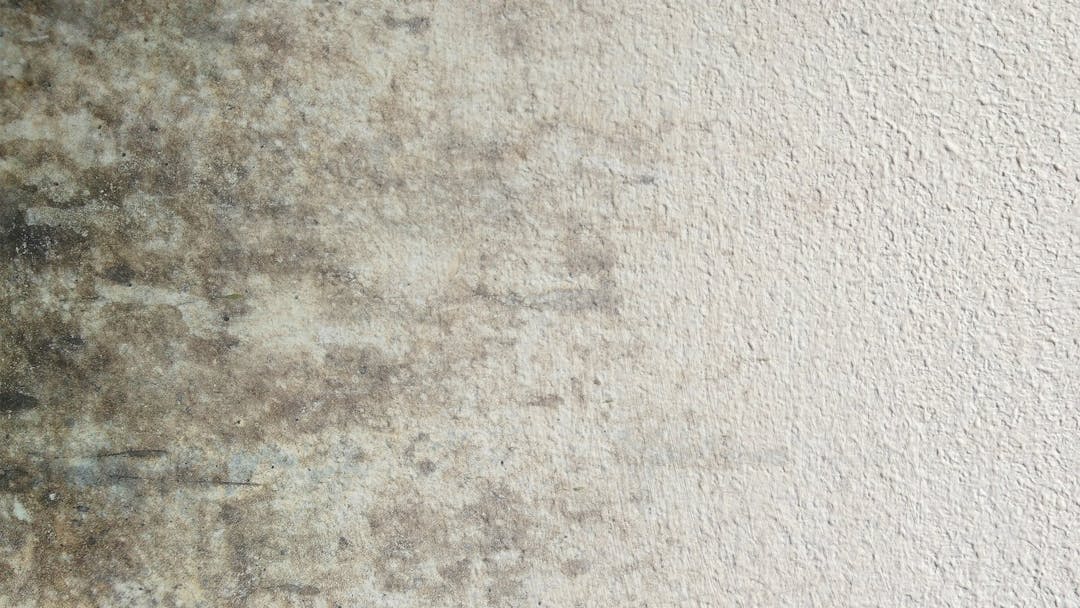Aluminum is a lightweight, corrosion-resistant and highly ductile material, but its surface can be susceptible to damage and oxidation over time.
Painting aluminum is a process widely used to improve the aesthetics, protection and performance of the elements in our homes created with this material.
The paint layer, in fact, creates a protective barrier that helps to prolong its life and keep the surface in optimal condition.
In this article, we will explore the importance of this operation and provide you with valuable advice.
What paint to use to paint aluminum?
Two-component acrylic paint is considered the ideal choice for aluminum.
This type of paint adheres excellently, overcoming the adhesion difficulties typical of this nonporous surface.
It gives superior protection against corrosion because it forms a thin film capable of resisting for a long time the main factors that cause damage to aluminum surfaces. Its resistance to weathering, such as UV rays, wear and abrasion ensures that the color and finish remain stable over time.
It also offers a wide range of tints, useful for customizing the appearance of the aluminum object.
Two-component acrylic paint is easy to apply by carefully following the manufacturer's instructions.
How to paint aluminum DIY?
DIY aluminum painting requires careful preparation and the use of the correct tools and materials. The following are general steps for painting aluminum:
- Carefully clean the aluminum surface using soap and water or a specific grease and dirt remover. Be sure to completely remove any residual dirt or oxidation.
- Use a fine sandpaper to lightly sand the entire object that is to be painted. This will help increase the adhesion of the paint.
- Remove any dust produced by sanding.
- Apply a primer specifically for aluminum. This product will help anchor the paint and improve the durability of the finish. Follow the manufacturer's instructions for proper application.
- Use a brush, roller or spray gun to apply the paint to the aluminum. Be sure to create an even layer.
Let it dry completely before applying subsequent coats, if needed. - If you want a more durable finish, you can apply a protective clear coat after the colored paint has dried completely. The clear coat will provide additional protection to the colored paint and make the surface more resistant to wear and tear.
Painting aluminum with spray cans
Spray paint cans are a common and practical method of applying new paint to various materials, including aluminum.
Here are some specific precautions to consider when painting an aluminum surface with a spray can:
- Before use, shake the can vigorously to mix the paint properly. This will ensure even distribution of the pigments and additives within the paint.
- Before painting the entire surface, it is advisable to do a preliminary test on a hidden area or test piece to assess the flow of the paint and adjust the spray distance.
- Maintain adequate distance between the spray can and the aluminum surface during application. Usually, you should maintain a distance of about 15 to 30 centimeters to achieve even coverage and prevent dripping.
- Avoid applying too thick a layer of paint in one pass. It is better to apply several thin passes to achieve even coverage and prevent drips or runs. Allow each pass to dry before applying the next.
- Keep a steady, fluid motion as you spray the paint on the surface. Avoid stopping or concentrating the paint in a specific area, as it may cause excess paint in that spot.
- When applying multiple coats of paint, overlap each pass slightly from the previous one to ensure even coverage.
- Allow the paint to dry completely according to the manufacturer's directions. Avoid touching the surface until the paint is completely dry to avoid fingerprints or damage.
Remember to carefully read the specific instructions on the can you are about to use, as how to use it may vary slightly from product to product.
Following these guidelines will help you achieve an even, good-quality spray paint job on aluminum.
How to paint already painted aluminum?
There are some key differences, centered in the surface preparation stage, between painting a virgin aluminum object and one that has already been previously painted.
In the case of virgin aluminum, the steps are the general ones described above for those who want to engage in DIY. In the case of previously painted aluminum, however, preparation may require complete or partial removal of existing paint, especially if it is peeling or in poor condition.
If you decide to completely remove existing paint you should know that it will require time and effort to do so safely and effectively. This may require the use of chemical strippers or professional equipment such as grinders with brushes suitable for this material or the sandblaster.
When the layer of paint covering the aluminum surface is in good condition, you can avoid removing it by doing the painting directly.
